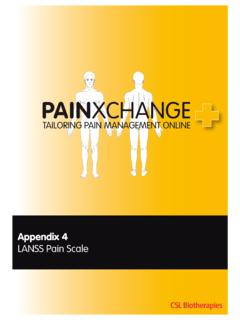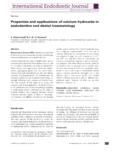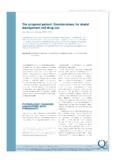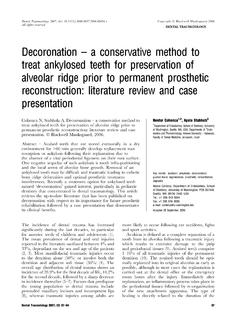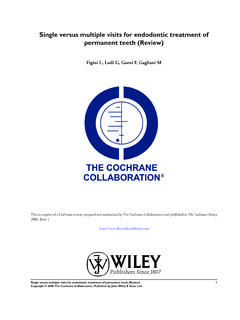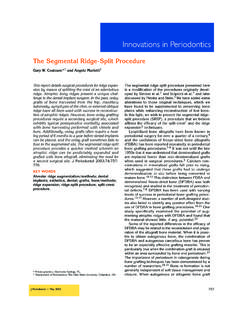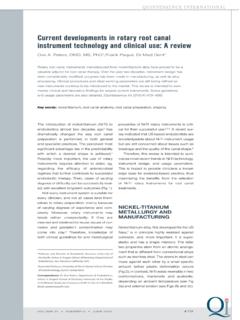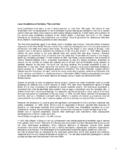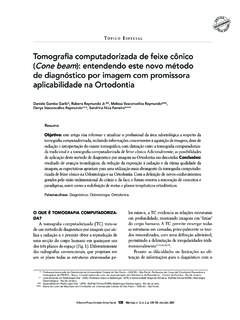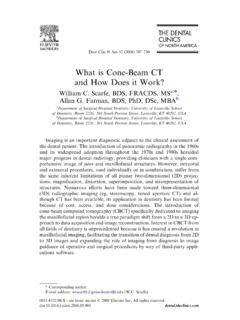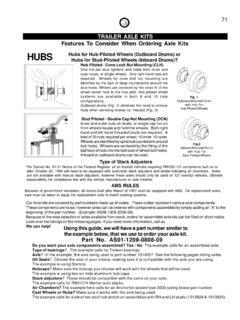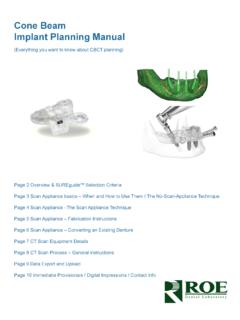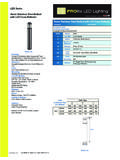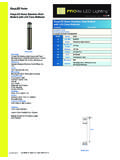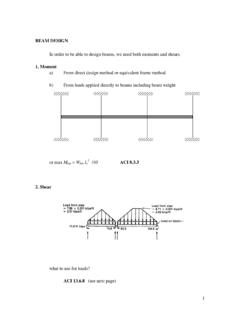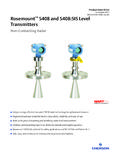Transcription of Detection of Vertical Root Fractures in …
1 Basic Research Technology Detection of Vertical root Fractures in endodontically treated teeth by a cone beam Computed Tomography Scan Bassam Hassan, BDS, MSc,* Maria Elissavet Metska, DDS, MSc, Ahmet Rifat Ozok, DDS, PhD, . Paul van der Stelt, DDS, PhD,* and Paul Rudolf Wesselink, DDS, PhD . Abstract Our aim was to compare the accuracy of cone beam computed tomography (CBCT) scans and periapical radiographs (PRs) in detecting Vertical root Fractures A definitive diagnosis of Vertical root Fractures (VRFs) in endodontically treated teeth is challenging. The clinical symptoms and radiographic signs are not completely pathognomonic (1 7), although dual sinus tracts or sinus tract like pockets on oppo- (VRFs) and to assess the influence of root canal filling site sides of a root are considered almost pathognomonic for a VRF (8). The prognosis (RCF) on fracture visibility. Eighty teeth were endodon- of VRF is poor. In a 5-year follow-up study of nonsurgically endodontically treated teeth , tically prepared and divided into four groups.
2 The teeth root fracture was the untoward event in , and the elected treatment was extraction in groups A and B were artificially fractured, and teeth in (9). groups C and D were not. Groups A and C were root Because periapical radiographs (PRs) are two-dimensional (2D) images of three- filled. Four observers evaluated the CBCT scans and dimensional anatomic structures, the superimposition of adjacent tissues may obscure PR images. Sensitivity and specificity for VRF Detection the visibility of VRFs. Thus, direct visualization of a radiolucent fracture line on radio- of CBCT were and and for PR were graphs is the only explicit feature for detecting VRFs. A three-dimensional diagnostic and 95%, respectively. The specificity of CBCT imaging system could diagnose VRF more accurately. Conventional multidetector was reduced (p = ) by the presence of RCF, but computed tomography (MDCT) scans were found superior to PRs in detecting VRFs its overall accuracy was not influenced (p = ).
3 (10). However, the radiation dose involved in MDCT scans, the limited availability, Both the sensitivity (p = ) and overall accuracy and the increased costs impede its use in dentistry (11, 12). cone beam computed (p = ) of PRs were reduced by the presence of tomography (CBCT) scans, which provide comparable images at reduced dose and RCF. The results showed an overall higher accuracy for costs, are a better alternative to MDCT scans in endodontics (13, 14). CBCT scans CBCT ( ) scans than PRs ( ) for detecting VRF. use a cone -shaped x-ray beam to acquire a three-dimensional scan of the patient (J Endod 2009;35:719 722) head in a single 360! rotation (15). Prototype local computed tomography scans and flat-panel detector CBCT systems Key Words that are used to scan ex vivo tissue samples were found useful for detecting VRFs (16, cone - beam computed tomography scan, diagnosis, 17). The feasibility of clinical dental CBCT systems with a rotating x-ray tube and periapical radiograph, root canal filling, Vertical root detector apparatus in detecting VRFs is thus far unknown.
4 Also, because VRFs are fracture most commonly associated with endodontically treated teeth , it is important to assess the possible influence of root canal filling on fracture line visibility. The first aim of this study was to evaluate the accuracy of a clinical dental CBCT. system in comparison with digital PRs in detecting VRFs in root -filled and nonfilled From the Departments of *Oral and Maxillofacial Radiology;.. Cariology Endodontology Pedodontology, Academic Centre for teeth . The second aim was to assess the influence of gutta-percha root canal filling Dentistry Amsterdam (ACTA), Amsterdam, The Netherlands. on the Detection of VRFs with CBCT scans or PRs.. Bassam Hassan and Maria Elissavet Metska contributed equally to this manuscript. Address requests for reprints to Dr Ahmet Rifat Ozok, Materials and Methods Department of Cariology Endodontology Pedodontology, Academic Centre for Dentistry Amsterdam, Louwesweg 1. Sample Preparation 1066 EA Amsterdam, The Netherlands.
5 E-mail address: Eighty extracted human teeth (40 premolars and 40 molars) were inspected using a stereomicroscope (Wild Photomakroscop M400, Wild, Heerbrugg, Switzerland) for 0099-2399/$0 - see front matter the absence of VRFs. Access opening was made for each tooth, and the root canals were Copyright 2009 American Association of Endodontists. prepared with the ProTaper rotary system (Dentsply Maillefer, Tulsa, OK) until size F3. The teeth were divided into four groups: two experimental (A and B) and two controls (C and D). Each group consisted of 10 premolars and 10 molars (n = 20), which were decoronated to eliminate bias of enamel Fractures . In groups A and B, the teeth were stabilized in copper rings filled with light body impression material (Express 2 VPS; 3M ESPE, Zoeterwoude, The Netherlands), and a holder was used to fix the samples in place. A tapered chisel inserted in the canal space was tapped gently with a hammer to induce a VRF.
6 The fractured teeth were inspected again under the stereomicroscope to confirm the presence of VRFs. The fracture line orientation (buccolingual or mesiodistal) was also recorded. A well-fitting gutta-percha cone was inserted in the canals of groups A and C. One investigator, who was not involved in the observation, coded the teeth and placed them in premade sockets in JOE Volume 35, Number 5, May 2009 Detection of Vertical root Fractures in endodontically treated teeth by CBCT 719. Basic Research Technology 10 dry human mandibles bilaterally in the posterior region. The mandi- The radiographic features for detecting a VRF on a CBCT scan were bles were coated with three layers of dental wax buccally and lingually to the direct visualization of a radiolucent line, which traversed the trunk simulate soft tissue. Agar-agar (Merck, Darmstadt, Germany) was used of the root separating it either partially or completely into two segments to fix the teeth in these holes and to fill the gaps between the root surface that is followed on at least two consecutive slices (10).
7 The radiographic and the socket. feature for detecting VRF on PRs was also the direct visualization of a radiolucent line, which traversed the root surface on either the Radiographic Scan parallel or the mesially angulated images. The sample was scanned using the I-CAT CBCT (120 KvP, 5 mA;. Imaging Sciences, Hatfield, PA). The scans were made according to Statistical Analysis the manufacturer's recommended protocol to scan the mandible with The data were analyzed on SPSS software (SPSS Benelux, Gor- the 10 " 16 cm field of View (FoV) selection. The datasets were ex- inchem, The Netherlands). A two-sided chi-square test was used to ported in DICOM 3 file format, and the size of the isotropic voxel was measure the sensitivity and specificity of both CBCT scans and PRs mm. The PR images were made with a fixed x-ray unit (Siemens for the Detection of VRF. A univariate analysis of variance was used to Heliodent MD, Erlangen, Germany) and size 2 phosphor-plate films assess the influence of the radiographic technique (CBCT scans or (Digora, Tuusula, Finland) following manufacturer's recommenda- PRs), filling material (filled or nonfilled), and the level of expertise tions, two radiographs per tooth, one using parallel technique and (endodontists or dental students) on overall accuracy in detecting the other with mesial angulation.
8 VRFs. Overall sensitivity and specificity were first calculated for all teeth and then separately for filled and nonfilled teeth . Sensitivity was also Data Analysis calculated per fracture orientation (buccolingual and mesiodistal). The images were imported into image analysis and visualization The overall agreement among the observers was measured by using software (Amira ; Visage Imaging, Carlsbad, CA). Orthographic Cohen's kappa. The alpha value was set to tomographic reconstructions were created in axial, sagittal, and coronal directions. Four observers (two endodontists and two fourth-year dental students) were calibrated by training them in CBCT images using Results dummy datasets from a pilot study. All images were displayed on a The sensitivity and specificity results for CBCT scans and PRs are 21-inch flat-panel screen (Philips Brilliance, Amsterdam, The reported in Table 1. The overall sensitivity of detecting VRFs was signif- Netherlands).
9 Each observer assessed the presence or absence of icantly higher for CBCT scans compared with PRs (p = ). The a VRF on a dichotomous scale (fractured/nonfractured). CBCT images overall specificity of CBCT scans was slightly lower than PRs but not were reviewed in the three reconstruction planes (axial, coronal, and significantly different (p = ). CBCT scans were overall significantly sagittal), and a single score was obtained for each tooth (Fig. 1). PR more accurate than PRs in detecting VRFs (p = ). The accuracy images were reviewed, and a single score was also obtained per tooth. of CBCT scans was and that of PRs was Figure 1. I-CAT CBCT reconstructions. (A) Three-dimensional surface reconstruction of the mandible. fracture line is visible on 2D slices (arrow). (B) Axial, (C) coronal, and (D) sagittal. 720 Hassan et al. JOE Volume 35, Number 5, May 2009. Basic Research Technology TABLE 1. Overall Sensitivity and Specificity Percentages of CBCT Scans and PRs per Observer Group and root Filling.
10 Scanner Endodontists Dental Students Both Groups root Filled Non Filled Bucco Lingual Mesio Distal CBCT. Sensitivity Specificity . PR. Sensitivity Specificity . CBCT, cone beam computed tomography; PR, periapical radiograph. Sensitivity results per fracture line orientation (bucco lingual and mesio distal). The presence of root canal filling (RCF) did not significantly influ- Although the overall accuracy of CBCT scans was not reduced by ence the sensitivity of CBCT scans (p = ), but it reduced their spec- the presence of RCF, its specificity was reduced. Radiopaque substances ificity (p = ). For PRs, the presence of RCF reduced sensitivity such as gutta-percha cones create distinct star-shaped streak artifacts (p = ) with no significant influence on specificity (p = ). on tomographic slices that can mimic fracture lines on CBCT images The presence of RCF reduced overall accuracy of PRs (p = ) (18), which may decrease observer confidence in diagnosing VRFs.
